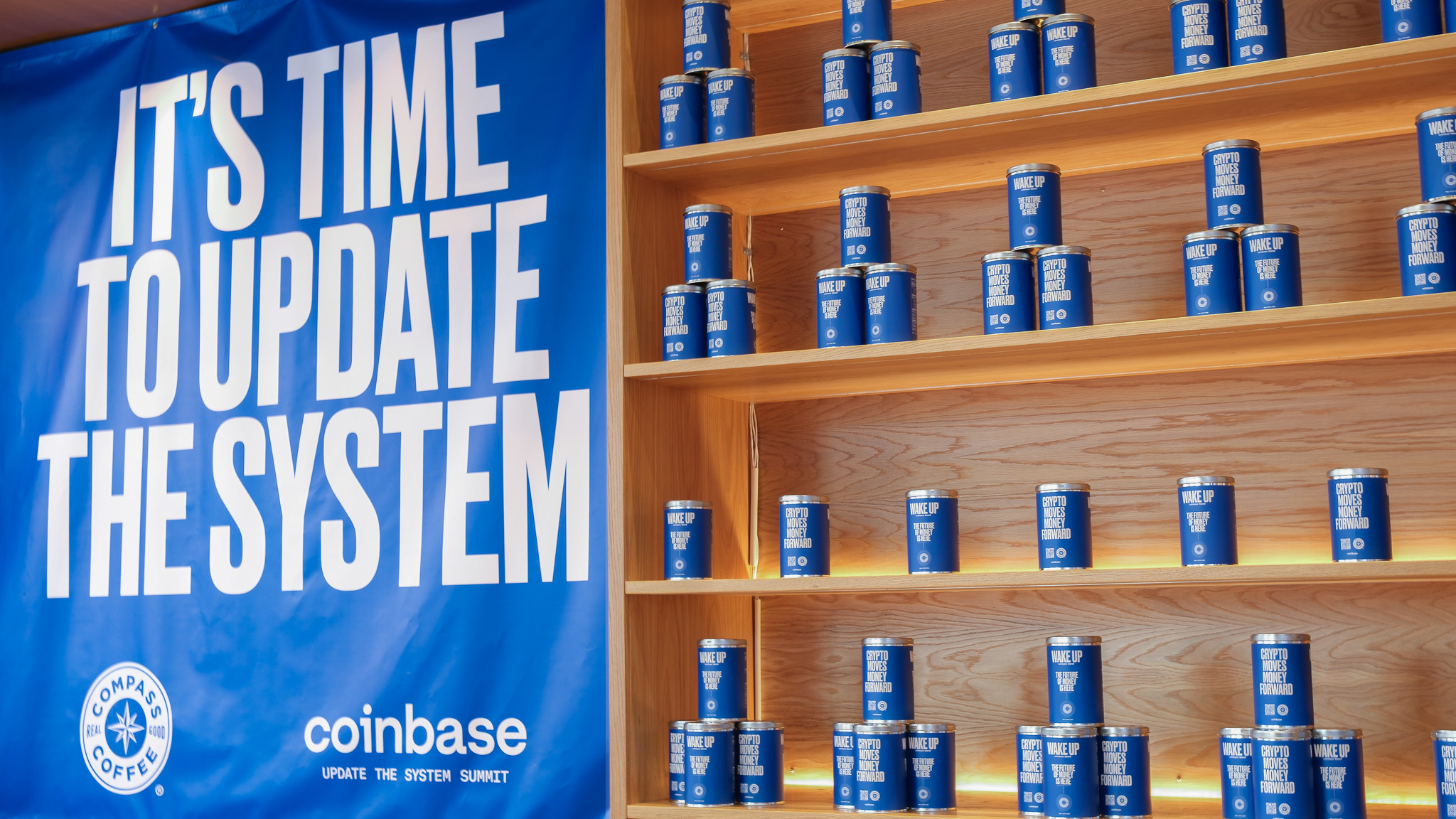HONG Kong and Shanghai stocks led gains across Asia and Europe on Tuesday (Sep 24) after China unveiled fresh stimulus measures as the country’s leaders struggle to kickstart growth in the world’s number two economy.
After a string of weak data that has fanned worries about the financial health of the country, the central bank said it would make it easier for lenders and lower a key interest rate.
The decision came as traders were already upbeat after the Federal Reserve last week lowered borrowing costs for the first time since 2020 and indicated more were in the pipeline through to 2026.
The world’s second-largest economy has yet to achieve a post-pandemic recovery owing to a prolonged property sector debt crisis, deflationary pressure and high unemployment.
While Beijing has resisted calls to unveil a so-called bazooka stimulus similar to that seen during the global financial crisis, it has pushed through a series of piecemeal measures that appear to have done little to turn things around.
People’s Bank of China chief Pan Gongsheng told a news conference that “the reserve requirement ratio will be cut by 0.5 percentage points in the near future to provide long-term liquidity to the financial market of about one trillion yuan (S$183.2 billion)“.
BT in your inbox
Start and end each day with the latest news stories and analyses delivered straight to your inbox.
It will also “lower the interest rates of existing mortgage loans and unify the down payment ratios for mortgage loans”, he added.
Hong Kong and Shanghai stocks rallied more than four per cent each.
There were gains in Tokyo as dealers returned from a long weekend, while Singapore, Seoul, Taipei, Manila, Mumbai, Bangkok and Jakarta also rose, but Sydney and Wellington retreated.
London, Paris and Frankfurt all rallied at the open.
The moves represent “the most significant… stimulus package since the early days of the pandemic”, said Julian Evans-Pritchard, head of China economics at Capital Economics.
But he warned “it may not be enough”, adding a full economic recovery would “require more substantial fiscal support than the modest pick-up in government spending that’s currently in the pipeline”.
And Moody’s Analytics’ Greater China analyst Heron Lim said: “We were expecting these after a weak run of economic data in July and August putting China off the pace to reach its ‘around five per cent’ target. But this is hardly a bazooka stimulus.
“It might be slightly on the larger end of what the PBOC does, but all these measures have been actions that have been done before.
“In fact, the Fed’s start of the easing earlier last week likely helped the PBOC see more perceived space to ease its own monetary cycle further without resulting in exchange rate instability.”
The advances came after a positive day on Wall Street, where the Dow and S&P 500 ended at record highs.
Traders are awaiting the release on Friday of the personal consumption expenditures index – the Fed’s preferred inflation metric – hoping for an idea about its next rate move.
After Wednesday’s bumper 50-basis-point cut, debate is now swirling about how big monetary policymakers will go at their next meeting.
Minneapolis Fed boss Neel Kashkari said he was for another big reduction owing to weakness in the labour market, while his Chicago counterpart Austan Goolsbee added that slowing jobs growth would likely mean there were many more cuts to come. AFP







